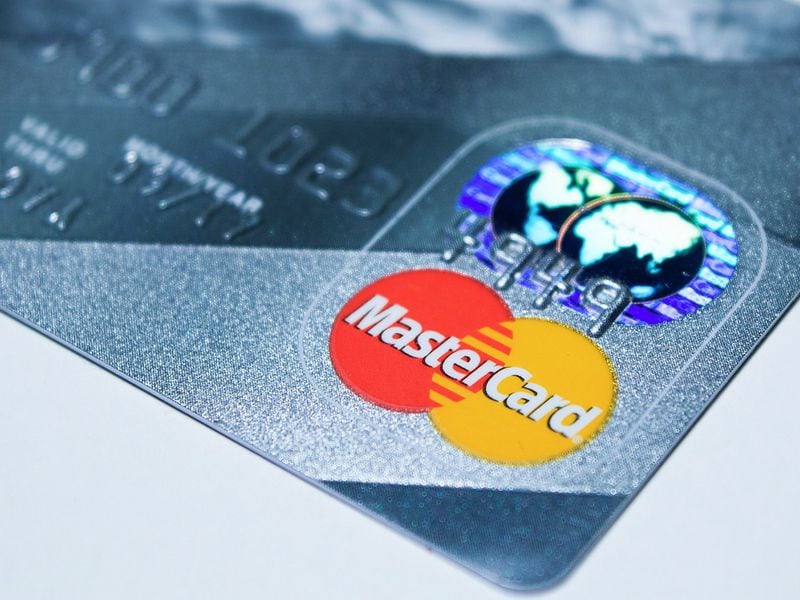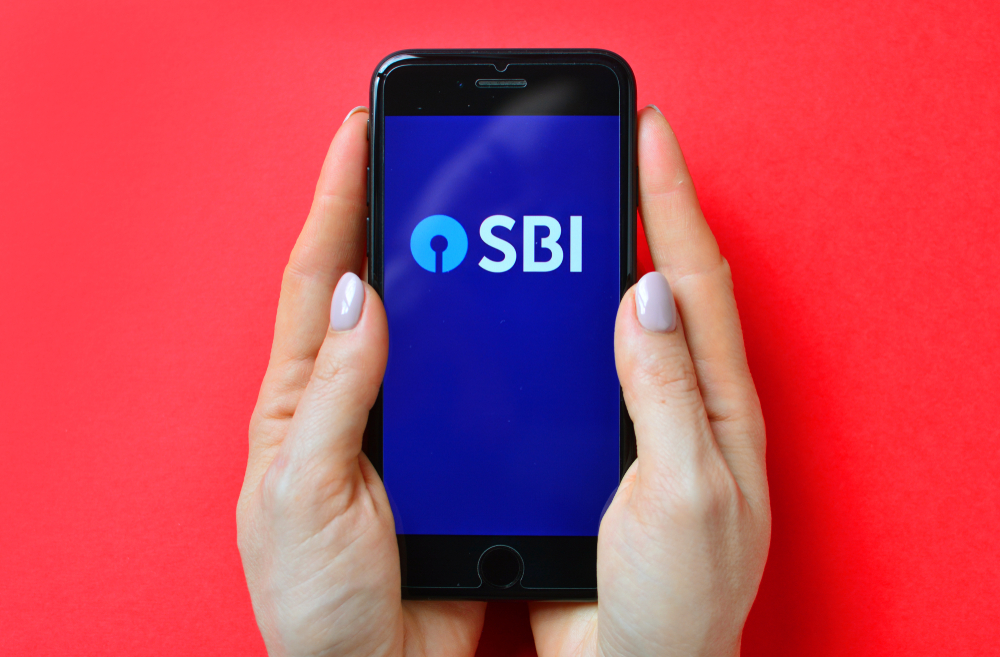BRICS Nations Ponder Digital Currency to Ease Trade, Reduce USD Reliance

The BRICS association of major emerging economies has discussed developing a digital currency to ease trade in the bloc and reduce its reliance on U.S. dollars in settlement.
The possibility was raised by the BRICS business council at a meeting in Brazil amid talks on the development of a new payments system between its five member nations, Russian news source RBC reported Thursday. Formed in 2006, BRICS is aimed to boost economic and political cooperation between Brazil, Russia, India, China and South Africa.
Kirill Dmitriev, director general of the Russian Direct Investment Fund (RDIF) – the entity that looks set to build the system – told reporters after the event that the forum had mulled a single cryptocurrency for settlements between members. The decision to move forward with that part of the plan is not yet been taken.
Nikita Kulikov, member of the State Duma’s expert council and founder of PravoRobotov Autonomous Non-Profit Organization, told RBC that, rather than being a digital form of money, the BRICS digital currency would likely be used to facilitate trade transactions.
“Most likely, it will be like certain obligations that can be transferred from one legal entity to another to confirm that the recipient will have claim rights, and the contractor will have obligations for a specific amount. It will not be money, we can say that it will be a paperless document flow to facilitate transactions,” he said.
If that turns out to be the case, the project appears more like trade finance blockchain platforms such as Marco Polo, which has recently started working with Russian firms. Indeed the use case for blockchain, or distributed ledger technology, is seen as being bright in the world of trade finance, with a number of efforts underway, including We.Trade, TradeWindow and Voltron.
Such platforms reduce the traditional reams of manually prepared and distributed paperwork, allowing a realtime view into the agreement and status of a trade for all participants to see. They can also have automated settlement, powered by smart contracts, built in to fulfill trade obligations when certain conditions (such as a delivery) are met.
The new payments system, which would use members’ national currencies, appears in part to be aimed at reducing BRICS nations’ reliance on the U.S. dollar, and perhaps boosting the Russian ruble’s role in trade. Dmitriev said BRICS has already reduced its use of USD in settlements over the last five years from 92 to 50 percent, while ruble-based transactions climbed from 3 to 14 percent.
Such blockchain-based threats to the role of the dollar internationally are soon potentially to rise in scope and severity, with the apparent imminent launch of China’s digital yuan and hints that the EU may develop its own e-euro. The Facebook-led Libra project has also raised U.S. regulators hackles, presenting as it does an alternative to USD for Facebook’s billions of global users.
BRICS sculpture image via Shutterstock









